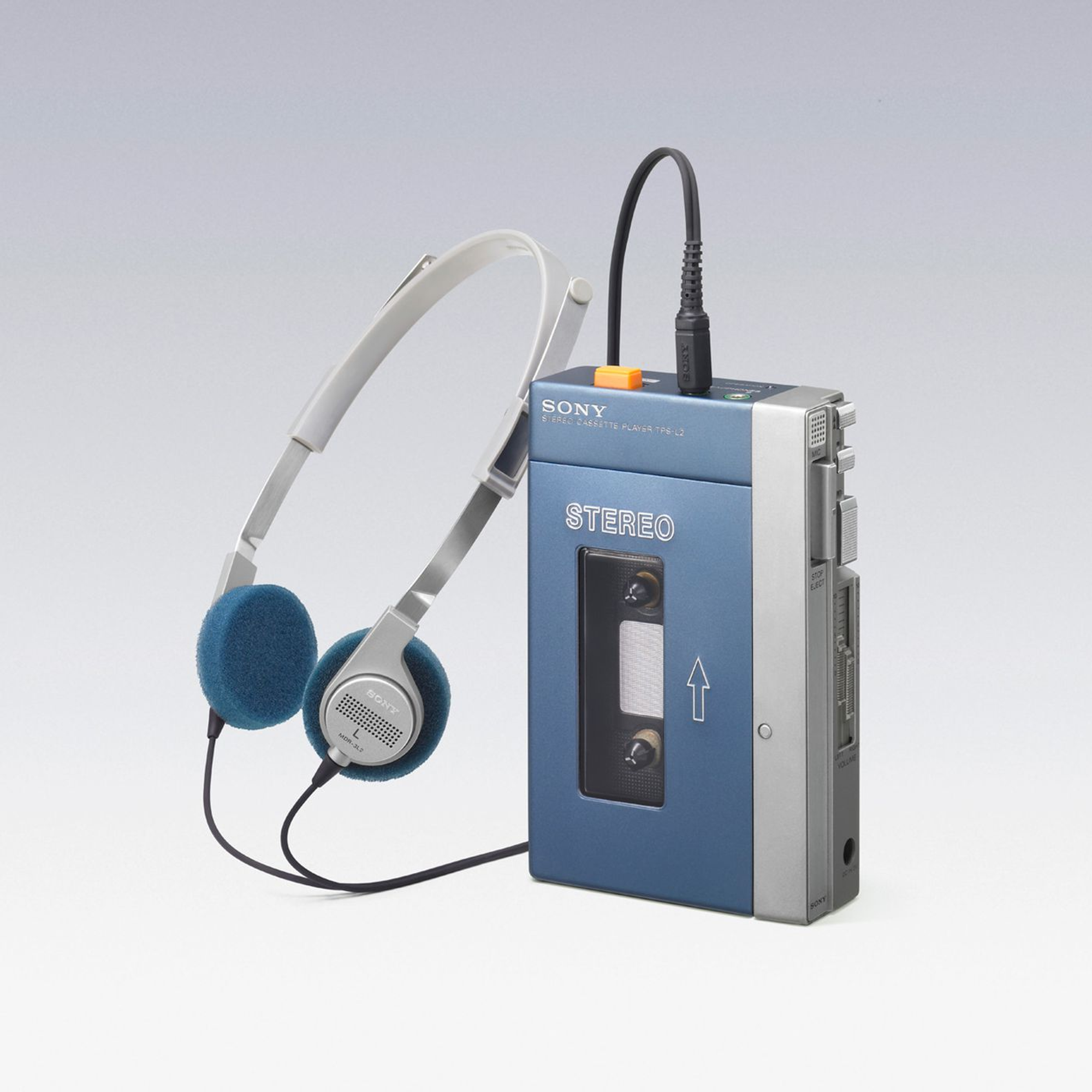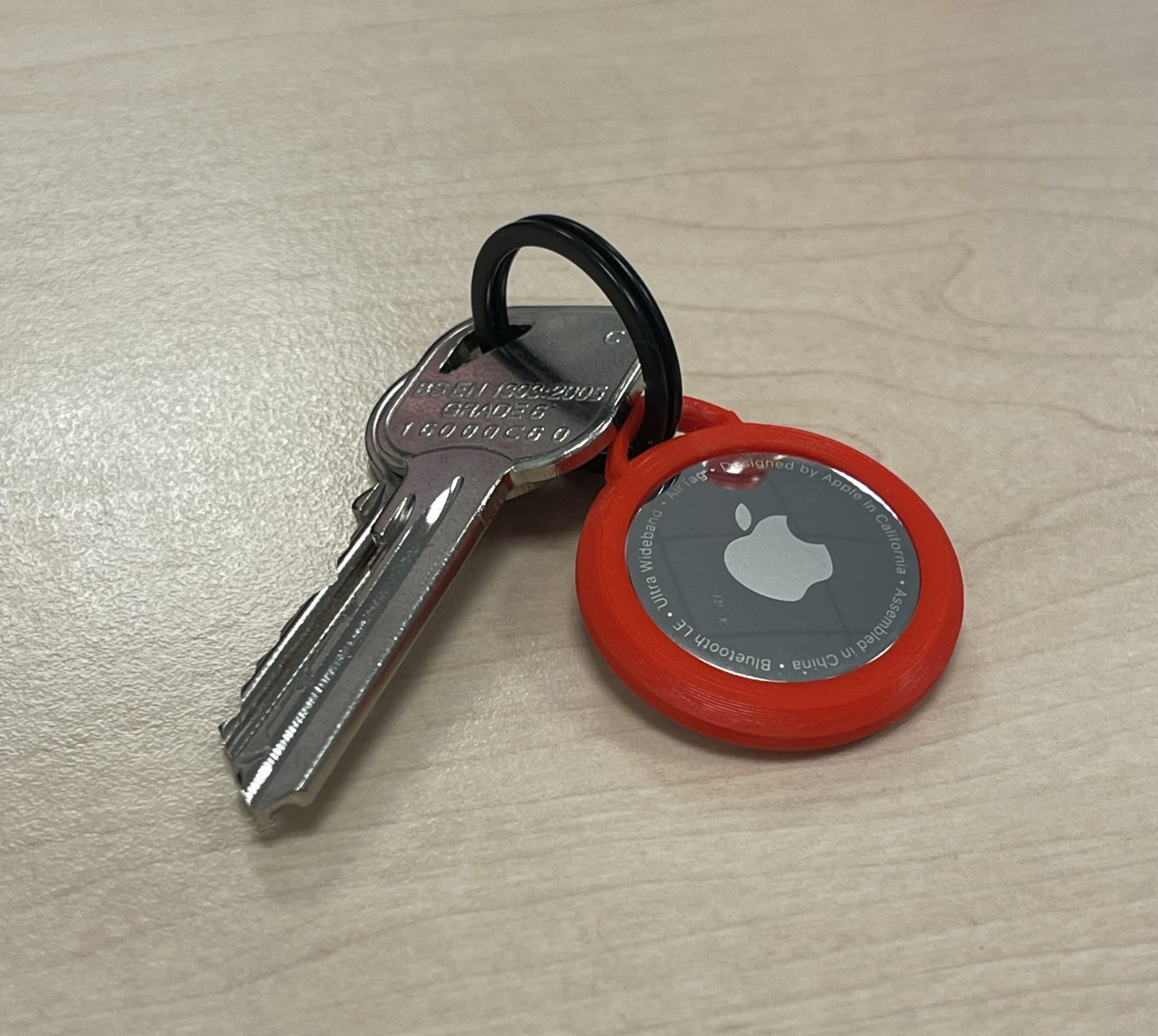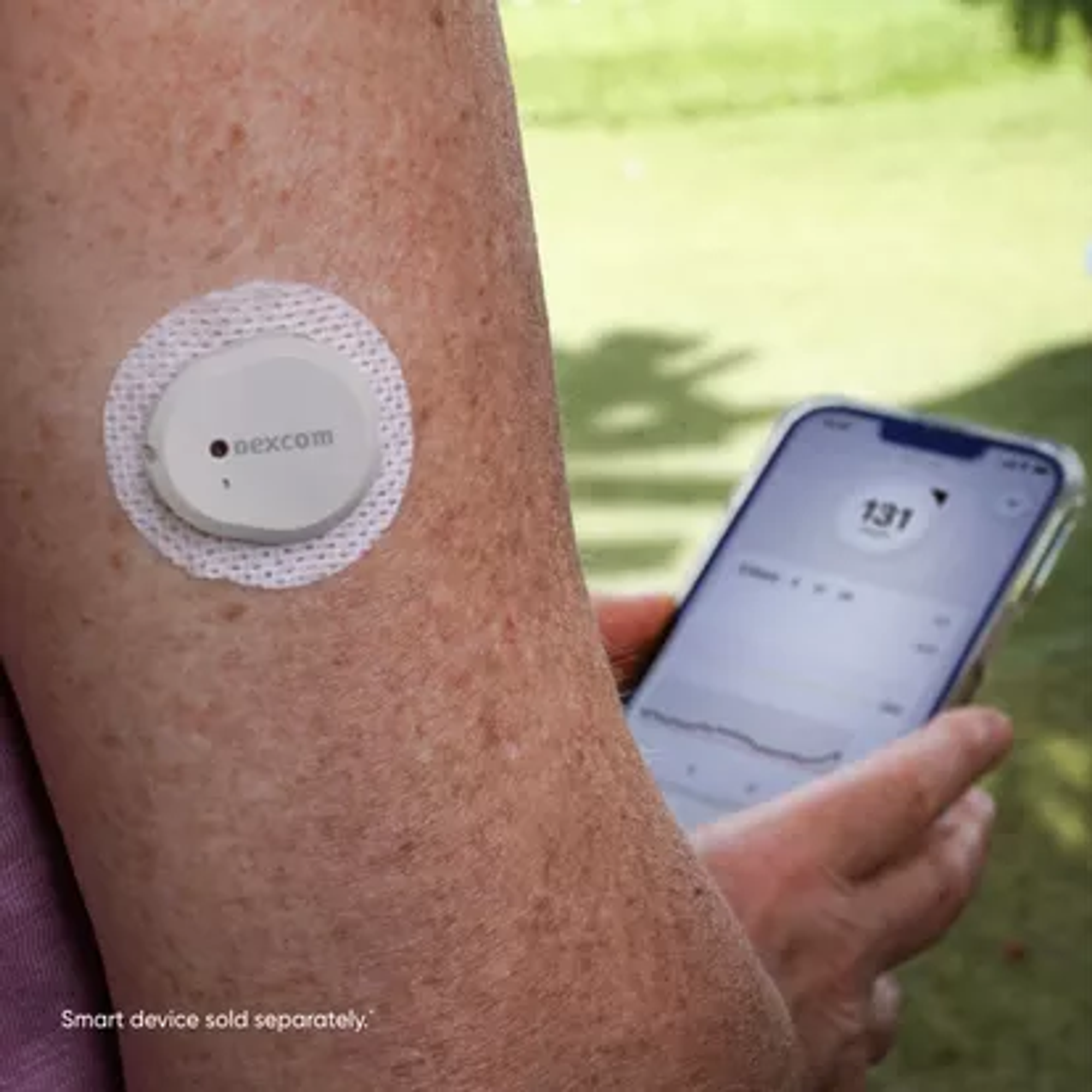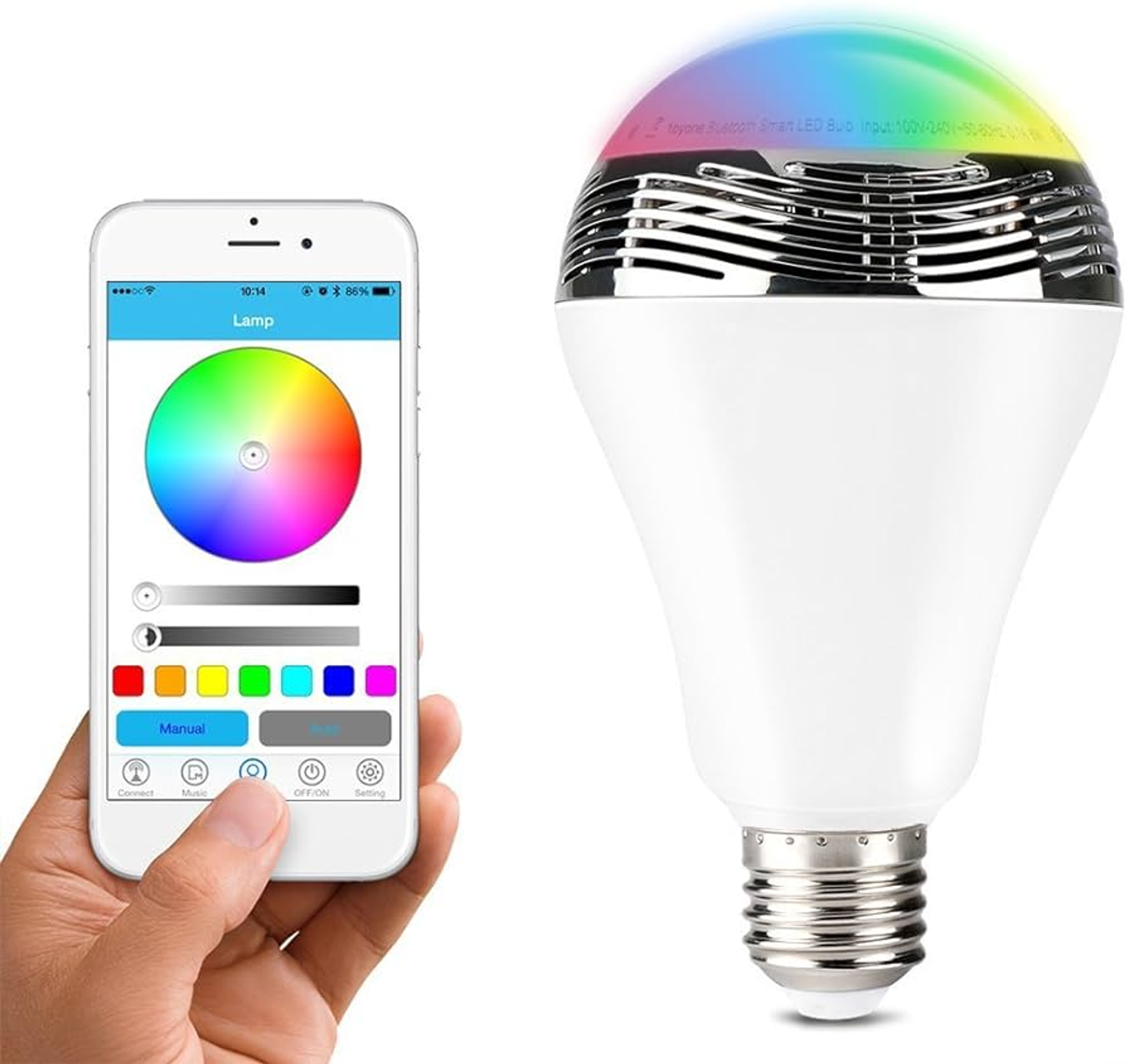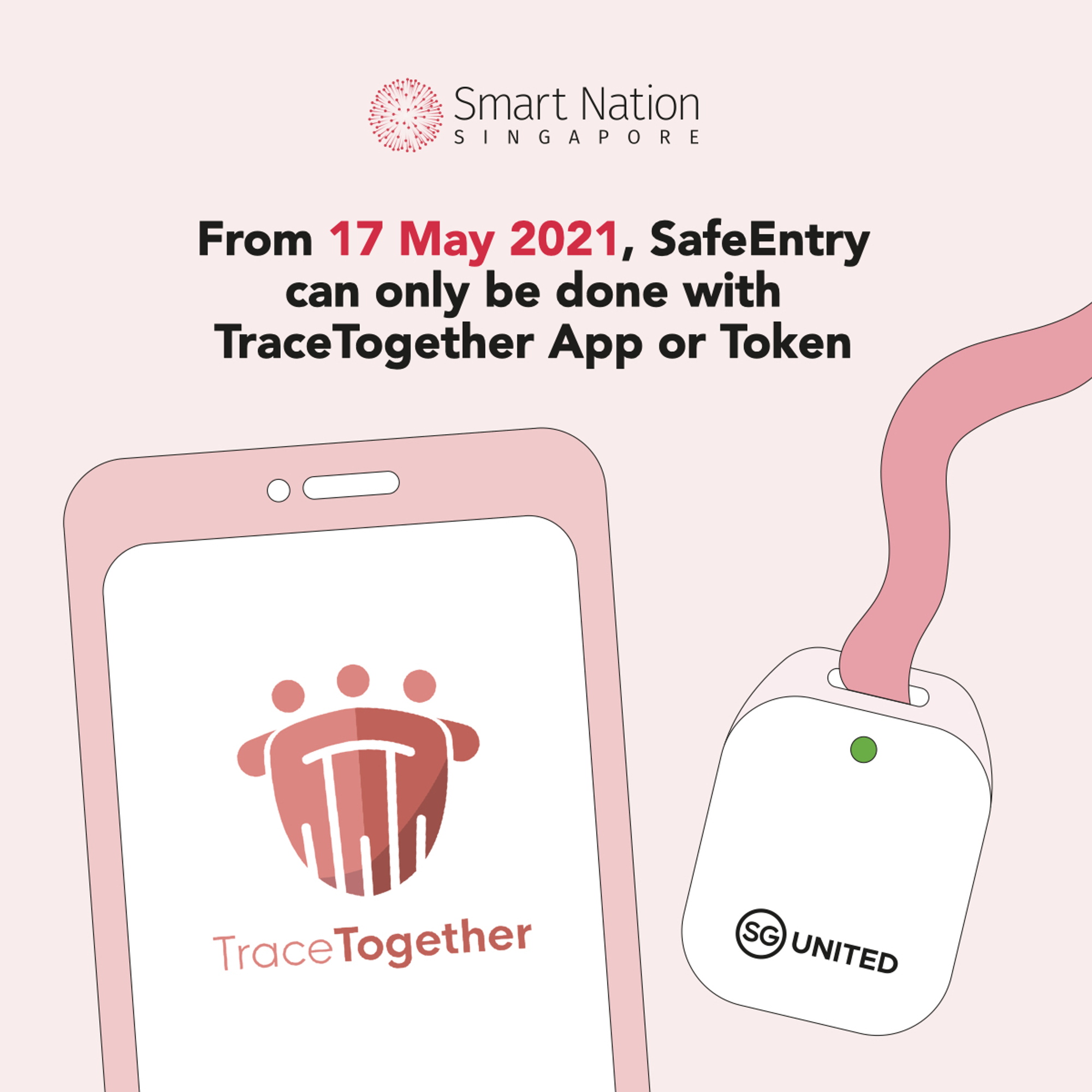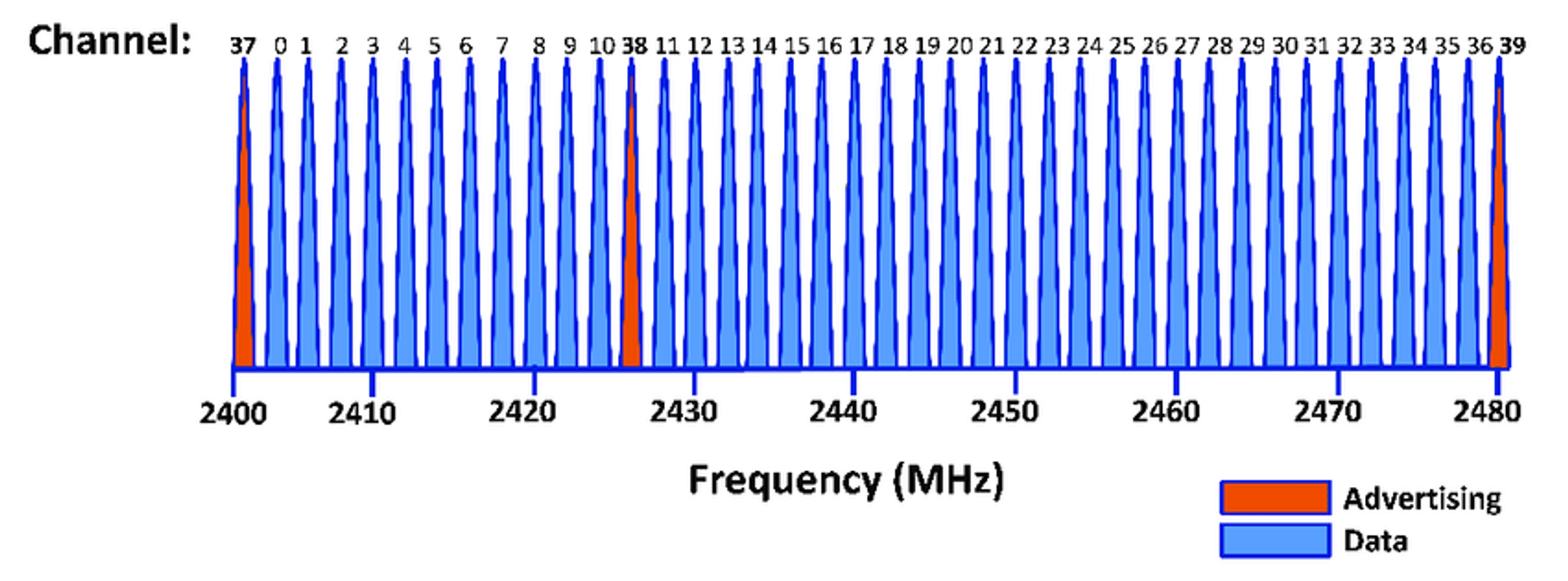Why is Bluetooth not loads better?
Now your toaster can talk to your car.
History
The year is 1989, the cool kids have Sony Walkmans, and mobile phones look like suitcases. The only wireless headphones you can get are bulky AM/FM radio headsets to listen to BBC Radio 4.
The CTO of Ericsson wants to develop a wireless headset that can connect to people’s personal computers. He tasks his engineers with developing a new radio technology for this use case.
Throughout the 1990s, engineers at Ericsson worked on developing this radio technology, and in 1998 teamed up with engineers at Intel, Nokia, Tobisha and IBM to found a non-profit industry consortium called the Bluetooth Special Interest Group (SIG). To ensure interoperability between different devices, Bluetooth was established as an open industry standard, and the SIG was tasked with developing and promoting the standard so that Bluetooth would achieve wide adoption.
In 2000, Ericsson unveiled the first ever Bluetooth-enabled mobile phone: the Ericsson T36, alongside the first ever Bluetooth headset: the HBH-10.
In the year 2023, over 5 billion Bluetooth-enabled devices were sold, and every single electronic device I own that does any kind of wireless data transmission is Bluetooth-enabled (apart from my NFC YubiKey!). Bluetooth has become the global standard for short-range low-power wireless data transmission.
Wireless headphones were the original inspiration for this technology, but Bluetooth is now used in a wide variety of applications. Examples include the Apple AirTags for finding lost items, glucose monitors for people with diabetes, smart lights, and track and trace apps.
So why does Bluetooth still have a reputation of being a bit rubbish? Let’s start with the design requirements.
Design requirements
The original use case was for personal computers to send and receive audio data from nearby battery-powered wireless headsets. These headsets need to be small and lightweight, and must therefore be low-power and have small antenna. The audio quality must be preserved during transmission, with a range of 10-100m as most accessories are expected to be near the user.
Radio technologies benefit significantly from network effects (imagine if you’re trying to connect to your headphones via Redtooth, but your phone only has Yellowtooth), so the founding engineers wanted the technology to be widely adopted. Therefore, it has to be cheap and simple for manufacturers to add it to new devices, and easy and useful for consumers.
Finally, the connection between the transmitter and the receiver(s) must be secure, so that other people cannot intercept, listen in and/or adapt your data transmission.
In summary:
Low power consumption for battery-powered devices.
Small antenna for compact devices.
High-quality audio data transmission.
Range of 10-100m.
Cheap and simple to incentivise manufacturers.
Easy and useful to be desirable to consumers.
Secure to prevent hacking.
Technical specifications
What technical decisions have the Bluetooth engineers made to satisfy these design requirements?
Bluetooth operates in the 2.4GHz “ISM radio band,” alongside other technologies like WiFi and microwaves. While you need a license from the government to transmit data on most frequencies, the spectrum between 2.4GHz and 2.5GHz has been designated globally as open to anyone to use, and Bluetooth uses 2.40-2.48GHz. Manufacturers therefore do not need to apply for expensive licenses to produce and sell their devices, but they also have to develop ways to reduce interference from other devices operating in the same part of the frequency spectrum. This includes other radio technologies like WiFi, and household appliances like microwaves.
Electromagnetic radiation with a frequency of 2.4GHz has a wavelength of around 12cm. Antennas operate most effectively when they’re (multiples of) a quarter the size of the wavelength, therefore bluetooth antennas can be as small as 3cm. This allows manufacturers to install Bluetooth antennas into very small devices, and the antennas also don’t need to be a straight line so they can adapt to different form factors.
To transmit data from between devices, you have to send out a signal and also be listening for signals. This consumes power. The Bluetooth standard allows devices to transmit with a power of 0.01-100mW, but in most use cases 2.5mW is used. For context, this is 2,000 times less power than a 5W LED spotlight you might use to light up your room. Using this power output and inputting some reasonable numbers for my mobile phone (transmitter) and headphones (receiver) into Bluetooth’s own “range estimator” gives an estimated range of 20m indoors. While this lower power is great for a device’s power consumption, it does significantly limit the transmission range.
The new “Bluetooth Low Energy” (BLE) standard splits up the 2.4-2.5GHz spectrum into 40 “channels” (imagine these as different lanes on the Bluetooth highway), each 2MHz wide. The first channel is 2.402-2.404GHz, the second channel is 2.404-2.406GHz, etc. up until 2.480GHz. One transmitter is able to connect with up to 7 receivers at any moment in time, and they all communicate with each other on a single channel (though they jump between channels all the time to avoid interference, to learn more about that search for Frequency-Hopping Spread Spectrum). Bluetooth is therefore not ideal if you want to connect to a large number of peripheral accessories at the same time using one transmitter, and if there are many transmitters and receivers all using Bluetooth in one location, the channels can become very congested.
BLE has a maximum data rate of 2Mbit/s, so it’d take more than 2 hours to download a 2GB 1080p film. Compare this with WiFi 6 which has a maximum data rate of 9.6Gbit/s, which would take around 2 seconds to download the same film. However, the use case for Bluetooth is for instantaneous small data transmission, e.g. sending quick commands from one device to another, or sending live audio data to a headset. A larger data rate isn’t required for most common use cases.
Finally, who owns Bluetooth? The Bluetooth trademark is owned by the previously mentioned “Bluetooth Special Interest Group,” which is a standards and certification body made up of over 35,000 industry members. You have to become a member of the Bluetooth SIG in order to produce Bluetooth-certified devices, and you must comply with their technical specifications. They also facilitate coordination between different industry stakeholders to improve the underlying technologies and share those benefits with all members. This leads to a somewhat strange situation where the technology is “owned” by a non-profit that doesn’t build any products or do any R&D, but the work done to improve that technology is done by all the independent for-profit companies that are members of the group. An alternative framing is that the technology is collectively owned and developed by all the members, and given the importance of interoperability between devices, there are strong incentives for everyone to benefit from technical advances. However, some companies like Apple have developed proprietary technology on top of Bluetooth (which is why Apple products connect with each other so much better than regular devices).
In summary:
Bluetooth operates in the 2.40-2.48GHz frequency spectrum, because transmitting data in this part of the spectrum is free and is suitable in terms of antenna size.
Transmission power is usually 2.5mW, thereby consuming minimal power but providing a small range.
One device can connect with up to 7 other devices at any moment in time.
The channels can become congested if there are many other Bluetooth devices in operation nearby, leading to interference.
The maximum data rate is 2Mbit/s, which is suitable for most common Bluetooth use cases.
Answering the question
So what’s my current hypothesis for why Bluetooth is in most of my electronic devices, and is a bit rubbish?
Firstly, why it’s everywhere: I believe the power of network effects plays a significant role in why the technology standard has become so common - it’s incredibly useful if one device is able to seamlessly communicate and send data to every other device. It’s also been developed with significant industry engagement over the past 2 decades, facilitated by the Bluetooth Special Interest Group. These advances are shared with all members of the SIG via its licensing program and patent pool. One of the SIG’s mandates is also to promote the technology, and I’d guess it’s pretty rare for a technology standard to have an organisation whose job is to promote it.
On why it’s still a bit rubbish: achieving seamless wireless communication between all types of small low-powered devices is an incredibly difficult engineering challenge, and as smartphones have removed the auxiliary port (forcing everyone to use Bluetooth for audio) and WiFi becomes ever more ubiquitous, the traffic on the 2.4GHz ISM Band is only going to increase.
Reflecting on all of this, I’m mainly incredibly grateful to all the engineers who’ve worked on this technology thus far, allowing us to live in a world with pretty good (though not yet perfect) inter-device connectivity.
Perhaps you’ve just listened to an audio version of this blog, using text-to-speech AI and a pair of Bluetooth headphones. If so, I hope your connection was good.
